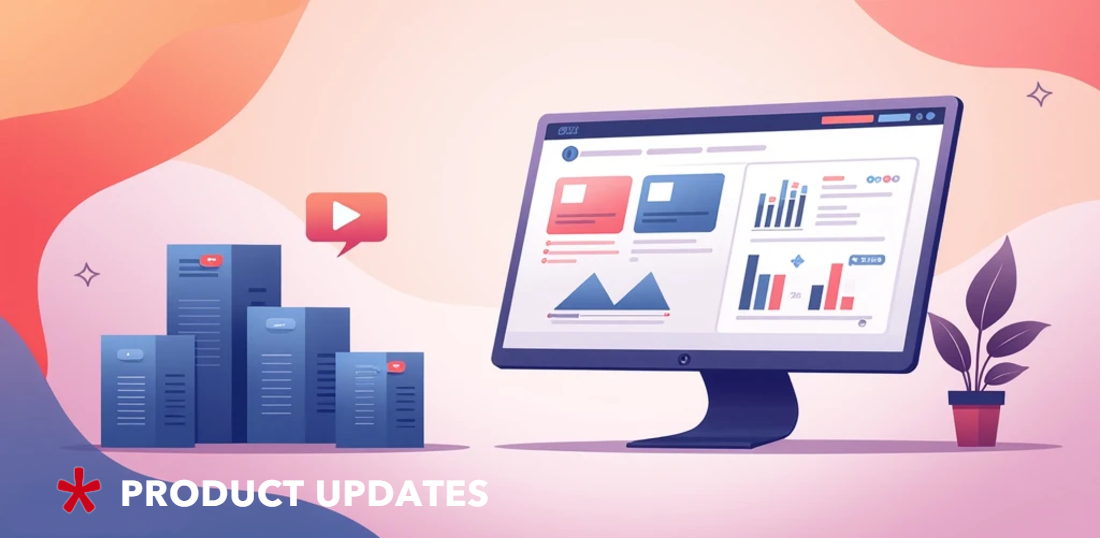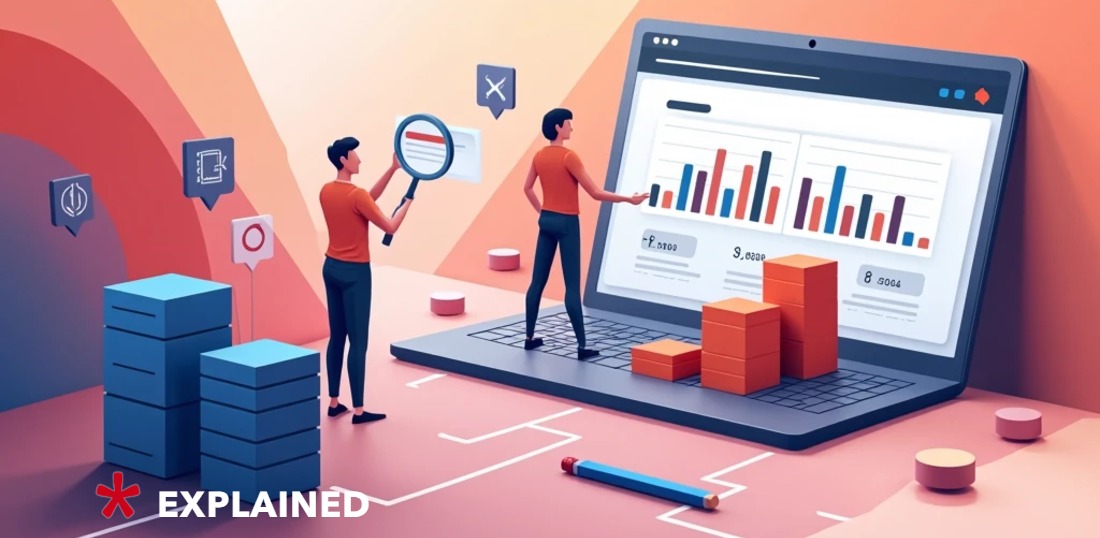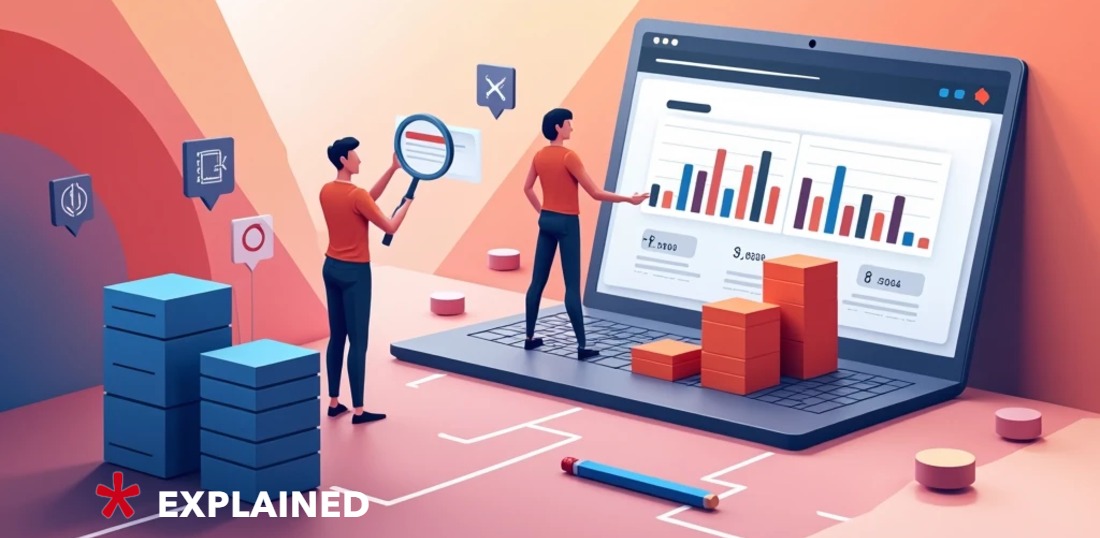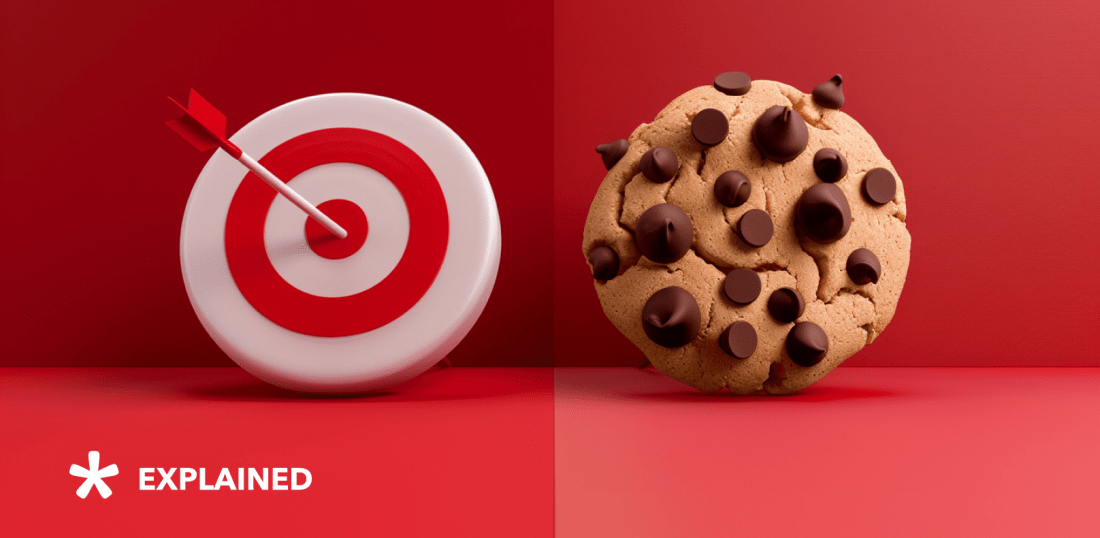Making your first step in programmatic native
Programmatic native is your way to get the highest revenue and make your ad content appealing at the same time. It’s the combination of native format’s engaging nature and the mechanism of growing your revenue through auction bids.
Native ads are integrated content-based ads. User perceives them as editorial materials, because they remain consistent with generic user experience. Native advertising creates a value for consumers in return for their attention.
Unintrusive nature lets native advertising achieve all higher results than the banner advertising:
- higher views frequency,
- higher brand awareness,
- better purchase intent,
- more time spent viewing.
How programmatic native functions
Programmatic native means that, as a publisher, you enter an auction to receive a native ad delivered into your inventory.
The main difference between a banner and a native ad is that the latter requires additional metadata sent within a request for a bid.
Both sides require these data for the successful transaction of a native ad. Native SSP receives the metadata from an advertiser through DSP and assembles an ad into the form that fits publisher’s site.

Where the metadata are on a standard RTB scheme (Source used: Sharethrough)
This puts more pressure on tech development of the supply side. With programmatic native, we are moving from putting items into containers to building an item from elements, so that it fits the environment it’s placed within. Once again, you need a vendor that’s technically advanced.
What you need to know to successfully receive a native ad
Publishers must send additional data within the request for a bid. These data show, what is the user experience that the ad fits in. You can set the limits for text length or picture size. But the first thing is to identify the context and the place for the ad.

One of the stages of Admixer native ad delivery setup
Don’t worry, the whole process is supported by IAB standards and you can use its latest specification.
For the sake of successful native ad transaction, you need to know and specify the following data:
1. Context type.

(Picture source: IAB)
2. Placement type.

(Picture source: Admixer)
3. URL support – whether you want to allow for a supply source to return URL of the object instead of the object itself.
4. Privacy – whether your native ad supports buyer-specific privacy notice.
5. Event tracking.
Events that you can track are:
- Impression.
- 50% in view for 1 second.
- 100% in view for 1 second.
- Video 50% in view for 2 seconds.
And the tracking methods are:
- By image pixels.
- Based on javascript.
6. Asset objects, i.e. the content of your native ad.
You must select at least one category, and you can select just the ones you need or all of them:
- Title: its maximum length.
- Image: size and MIME type of main and thumbnail pictures.
- Video: duration, MIME type and VAST protocol.
- Data: anything you need to tell about your product additionally, for example, description, rating, price, discount, seller’s contacts and call to action.
Storytelling is the future of online advertising
The main idea behind native advertising is that you respect your potential customers and offer value to them. You pay attention to their interests and give them useful content. Users engage more, brands pay more and publishers get more profit. It’s a win-win-win situation and that is why this is the format of the future.
Programmatic native is an integration of this native principle into the process of buying ads through auctions. The environments of websites all differ. And native format requires a successful integration of ad content. Automatic native ad buying can bring you much higher revenue, but you need additional info. And we are here to help, so let’s meet here next time!




